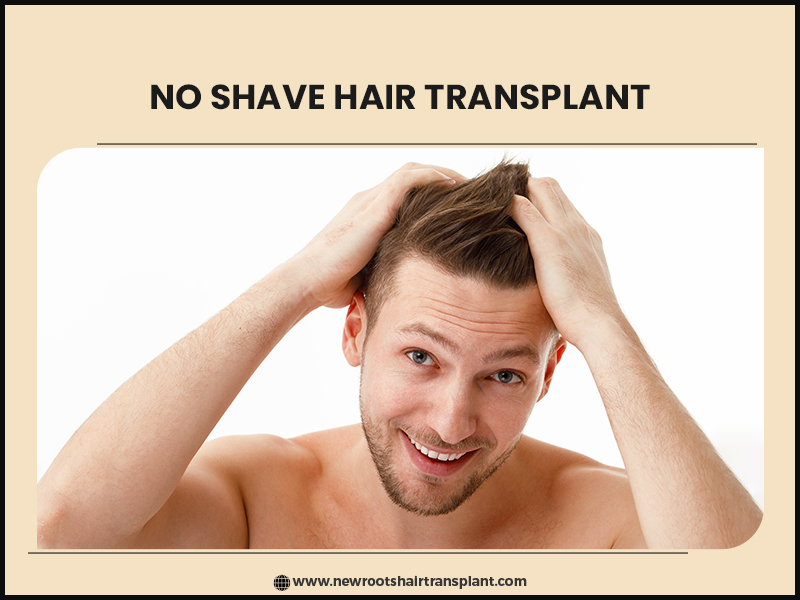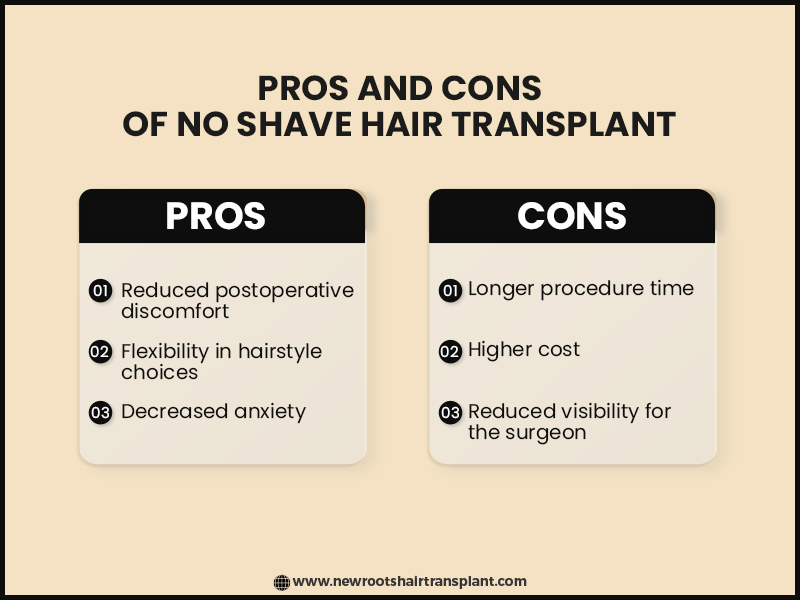
Hair loss can be a significant concern for many individuals, affecting their self-confidence and overall well-being.
Hair transplant procedures have gained popularity as an effective solution to address hair loss.
However, some people hesitate to undergo a hair transplant due to the requirement of shaving their heads.
In this article, we will explore can hair transplant be done without shaving your head and discuss alternative techniques that minimize the need for extensive hair removal.
Yes, it is possible to undergo a hair transplant without shaving your head.
There are two primary methods used for hair transplantation: FUT (Follicular Unit Transplantation) and FUE (Follicular Unit Extraction).
In FUT, a strip of hair-bearing skin is removed from the back or sides of the head, and then the hair follicles are extracted from that strip and transplanted into the desired areas.
This method usually requires shaving a narrow strip of the donor area, but the rest of the hair can be left untouched.
FUE, on the other hand, involves the individual extraction of hair follicles from the donor area using a micro-punch tool.
With this technique, it is possible to avoid shaving the entire head.
Instead, only the specific donor areas from where the follicles are being extracted need to be trimmed or shaved.
The rest of the hair can be left long, allowing it to cover the shaved areas during the healing process.
It's important to note that the extent of shaving required may vary depending on the number of grafts needed and the specific technique used by the surgeon.
In traditional hair transplant techniques, the entire recipient area is shaved to facilitate the precise placement of grafts and ensure optimal results.
Shaving the head allows the surgeon to have a clear view of the scalp, making it easier to create incisions and implant the harvested follicles effectively.
The requirement to shave the head for a hair transplant is a standard practice in most clinics.
Shaving the head provides several advantages, such as better visibility of the recipient area, reduced risk of infection, and improved precision during the transplantation process.
Additionally, shaving ensures that the transplanted hair blends seamlessly with the existing hair, creating a more natural appearance.
Over the years, advancements in hair transplant techniques have led to alternative approaches that minimize the need for extensive head shaving.
These innovative methods cater to individuals who prefer to keep their hair long during the transplantation process, allowing them to undergo the procedure without a drastic change in their appearance.

No shave hair transplant techniques offer a viable option for individuals who wish to avoid a shaved head.
These techniques involve meticulous planning and require the expertise of a skilled hair transplant surgeon.
In no shave hair transplant procedures, the surgeon carefully separates the long hair in the recipient area, making tiny incisions to insert the harvested hair follicles.
This technique ensures that the transplanted hair is discreetly placed within the existing hair, making it virtually undetectable.

Here are a few pros and cons associated with the no-shave hair transplant method :
Pros :
Cons :
While no shave hair transplant offers an alternative for individuals who wish to avoid head shaving, they may not be suitable for all cases. Consult with a hair transplant surgeon to assess your eligibility and determine the most appropriate technique for you.
The cost of a no shave hair transplant may vary depending on the complexity of the procedure and the surgeon's expertise. Discuss the cost during your consultation to gain a clear understanding of the financial aspects involved.
When performed by a skilled surgeon, no shave hair transplants can achieve natural-looking results. The surgeon will carefully place the transplanted hair within the existing hair, ensuring a seamless blend.
After a no shave hair transplant, the transplanted hair follicles enter a resting phase before shedding. New hair growth typically begins within a few months, and the full results become apparent within a year.
No shave hair transplant techniques require meticulous precision to navigate through existing hair without causing damage. While they may be considered less invasive in terms of head shaving, the procedure itself still involves the surgical implantation of hair follicles.
Hair transplants offer a viable solution for individuals experiencing hair loss.
While traditional techniques often require head shaving to achieve optimal results, advancements in no shave hair transplant procedures provide an alternative for those who wish to avoid a drastic change in appearance.
By consulting with a qualified hair transplant surgeon, individuals can explore the most suitable technique that aligns with their preferences and goals.